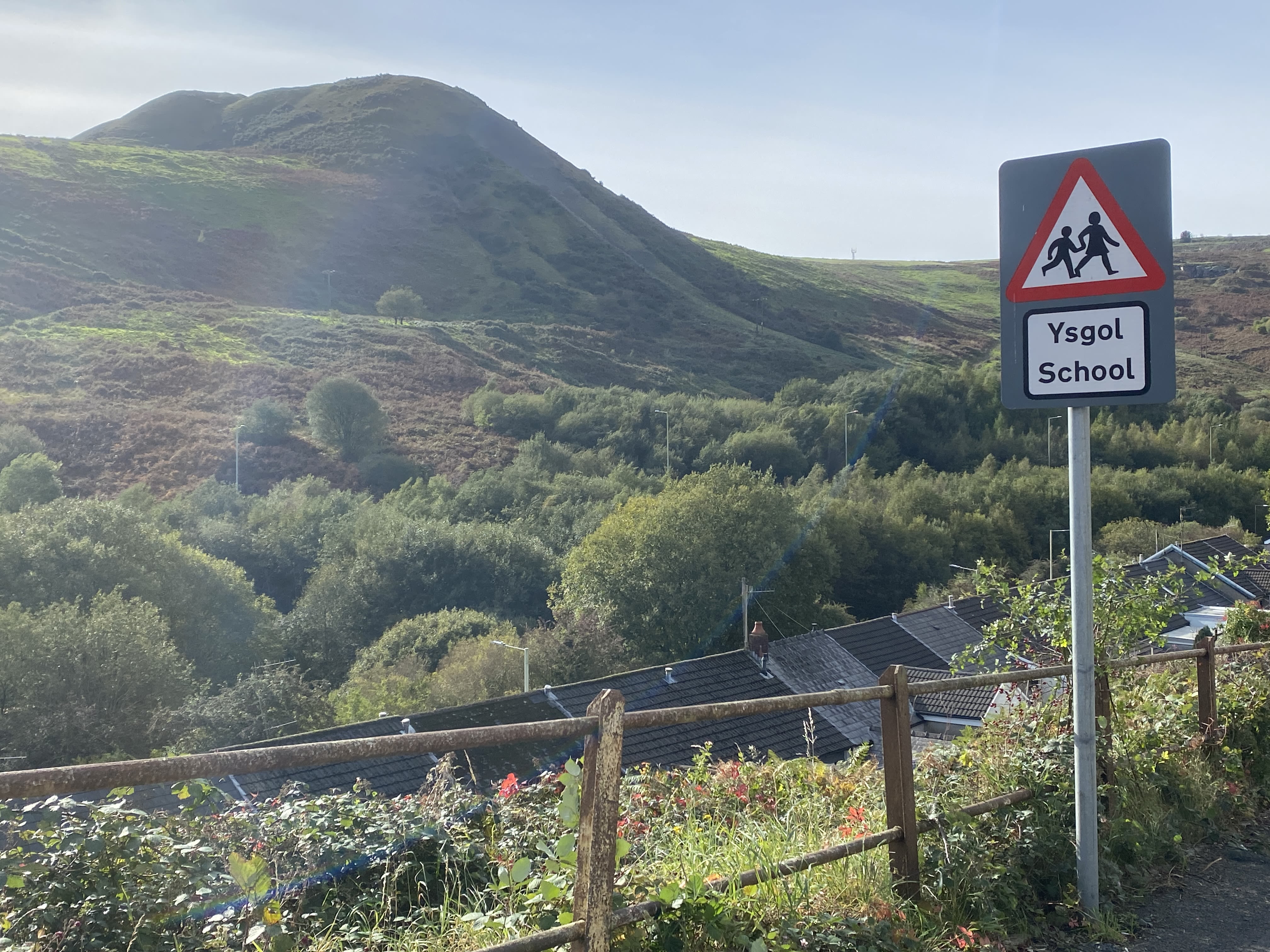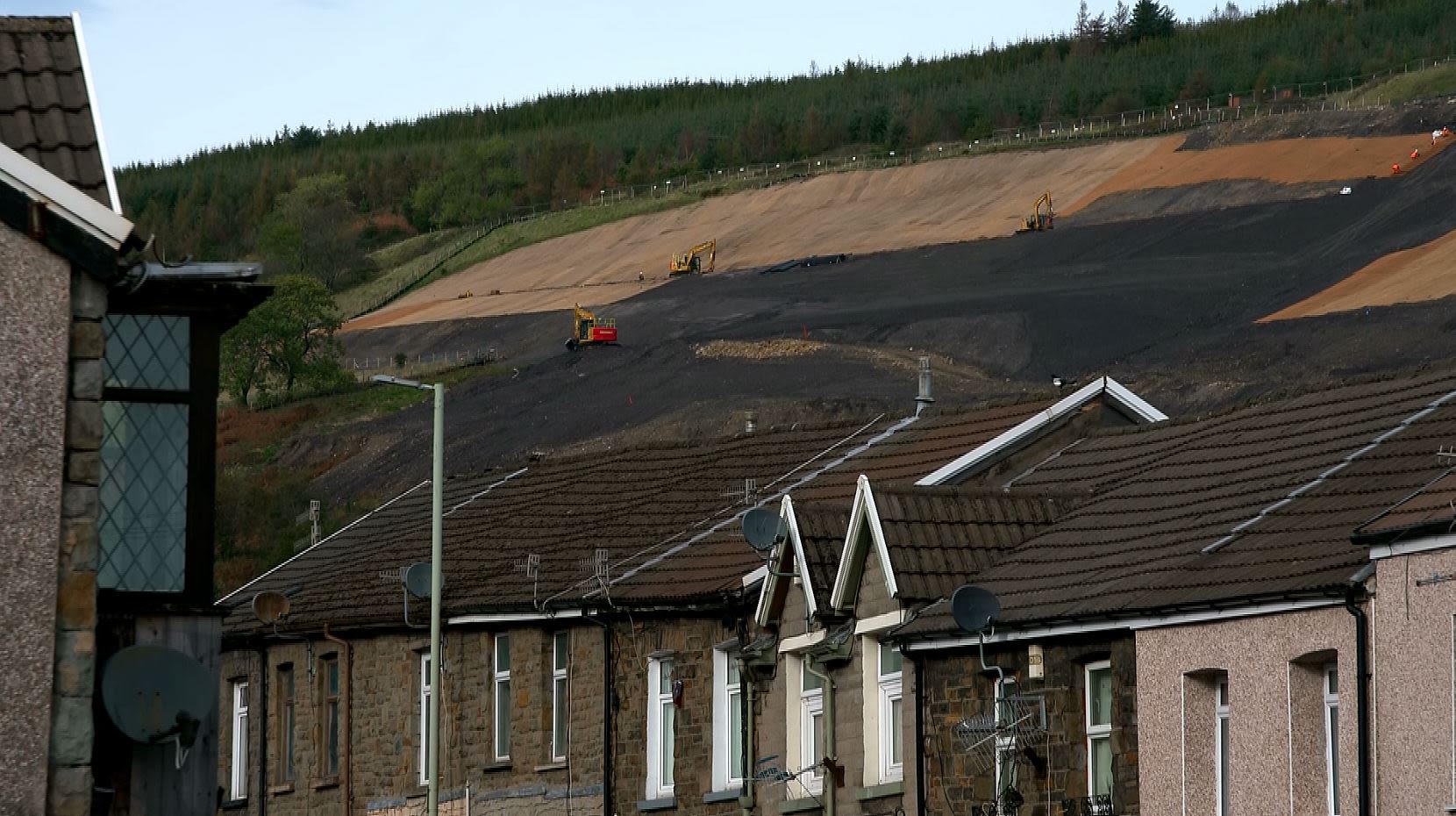A MOUNTAIN THREAT
Almost six decades on from a horrific Welsh mining disaster, locals fear something similar could happen again...
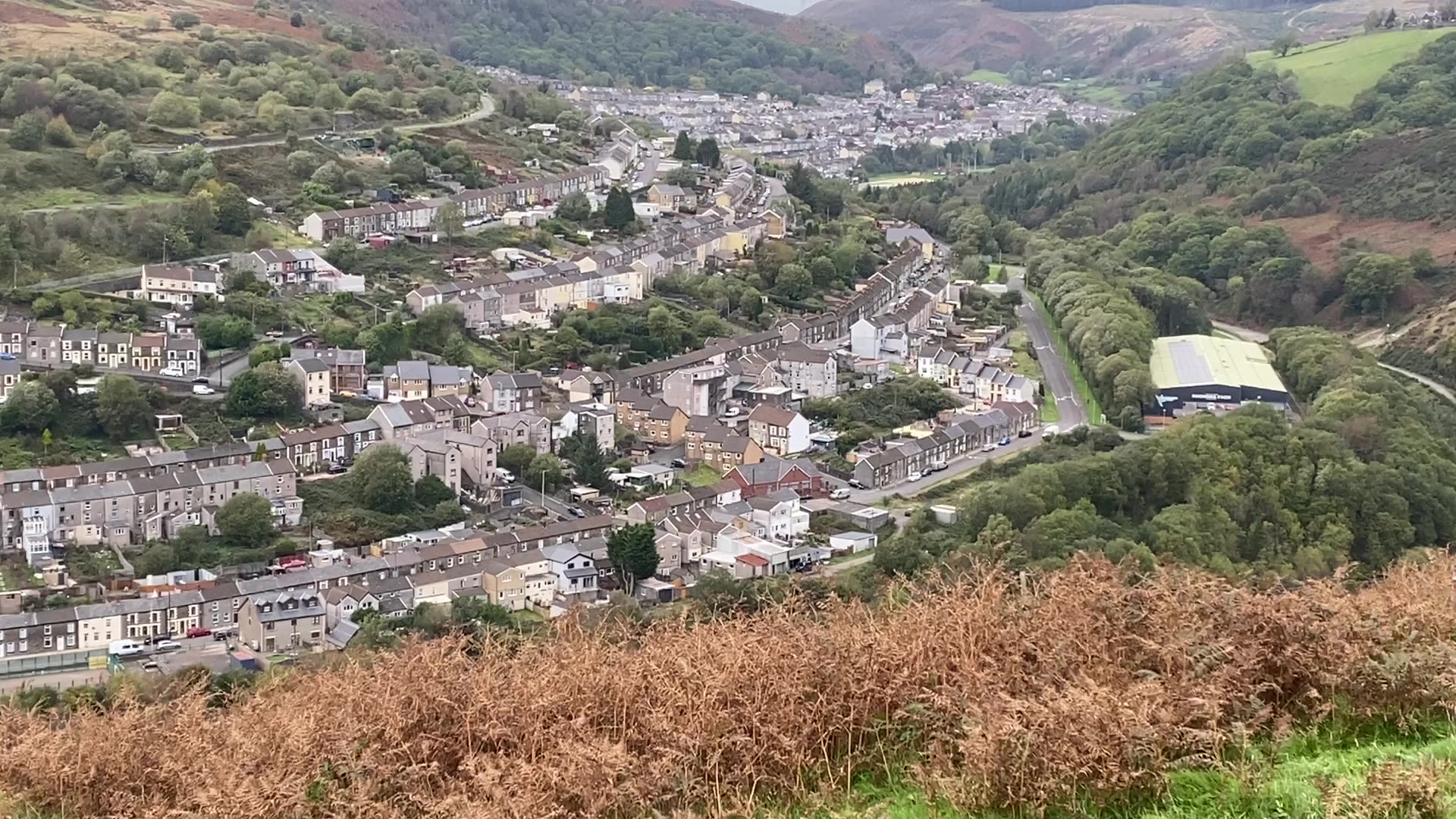
The view is taken that the waste has to go somewhere – and the only place it could really be put is up on the hillsides.
At 9.13am on October 21, 1966, Pantglas junior school in Wales was hit by an avalanche of coal waste that slid down the hillside above the school at a terrifying speed. It killed 116 schoolchildren, and 28 adults died as a row of terraced houses was also hit by the mining slurry.
Even today, the name of the village – Aberfan – still brings memories of horror. It was a disaster like no other in a country that had already endured countless mining disasters after thousands died underground in the collieries of Senghenydd, Gresford, Abercarn, Cilfynydd, Ferndale and many more.
But this disaster didn't happen to miners deep under the Earth's surface. It happened to the villagers, above ground.
Coal spoil, or mining waste was often dumped on hillsides in the narrow valleys of Glamorgan and Gwent. At the industry's peak, a quarter of a million people were employed in the South Wales coalfield.
That industry may have dwindled – but the threat remains.
Dr Ben Curtis is an Honorary Research Fellow at Wolverhampton University and specializes in the history of Wales' coal industry. He says disused coal tips are potentially dangerous.
"It's a kind of a perfect storm of problems," Curtis says. "Because there were so many large collieries working in places where the valleys are particularly narrow, and the industry is necessarily extractive – the coal is produced, and the waste is produced as well… The view is taken that the waste has to go somewhere – and the only place it could really be put is up on the hillsides."
Above Aberfan, seven kilometers south of Merthyr Tydfil, coal tip number 7 was the responsibility of the National Coal Board. After the disaster, the inquiry that took place afterwards blamed the NCB – later called the British Coal Corporation – and nine named employees. After a lengthy battle by the people of Aberfan, the remaining coal tips were removed – despite the opposition of Britain's coal authorities and the Labour-led UK government.
Decades later, there are 327 disused coal tips that could pose risks to people who live near them. In the Rhondda, Cynon and Taf valleys alone, there are 75 tips which may be a hazard – and Curtis says the risk doesn't diminish with time.
"The question is I suppose, while something would have been deemed safe in the 1980s, it doesn't necessarily mean that's the case for all time," he says. "The industry's gone, the employment it provided for the people of the Valleys has gone – but the tips are still here. And they're still proposing a potential risk."
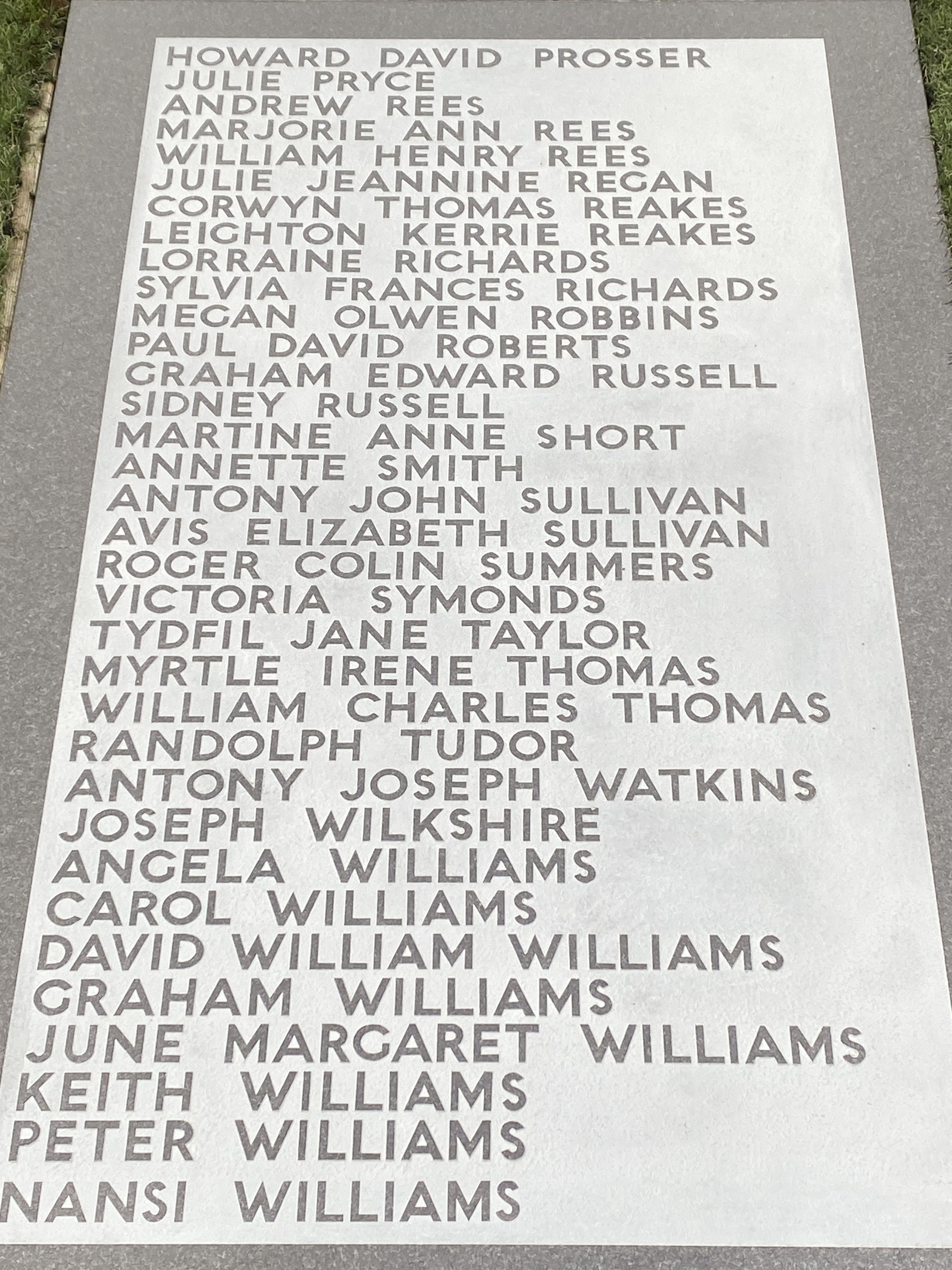
Local children killed by coal waste at Aberfan. /Iolo ap Dafydd
Local children killed by coal waste at Aberfan. /Iolo ap Dafydd
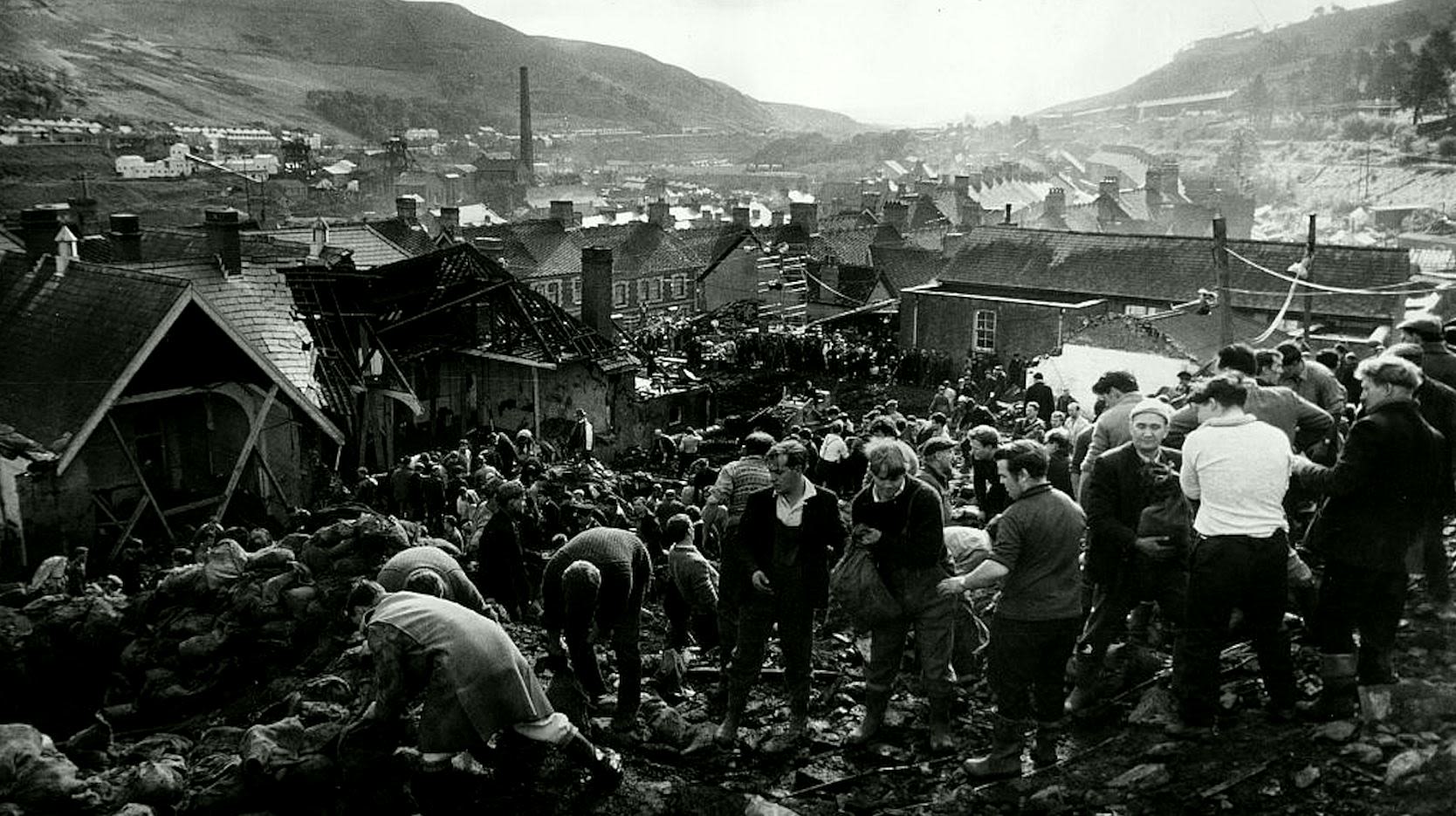
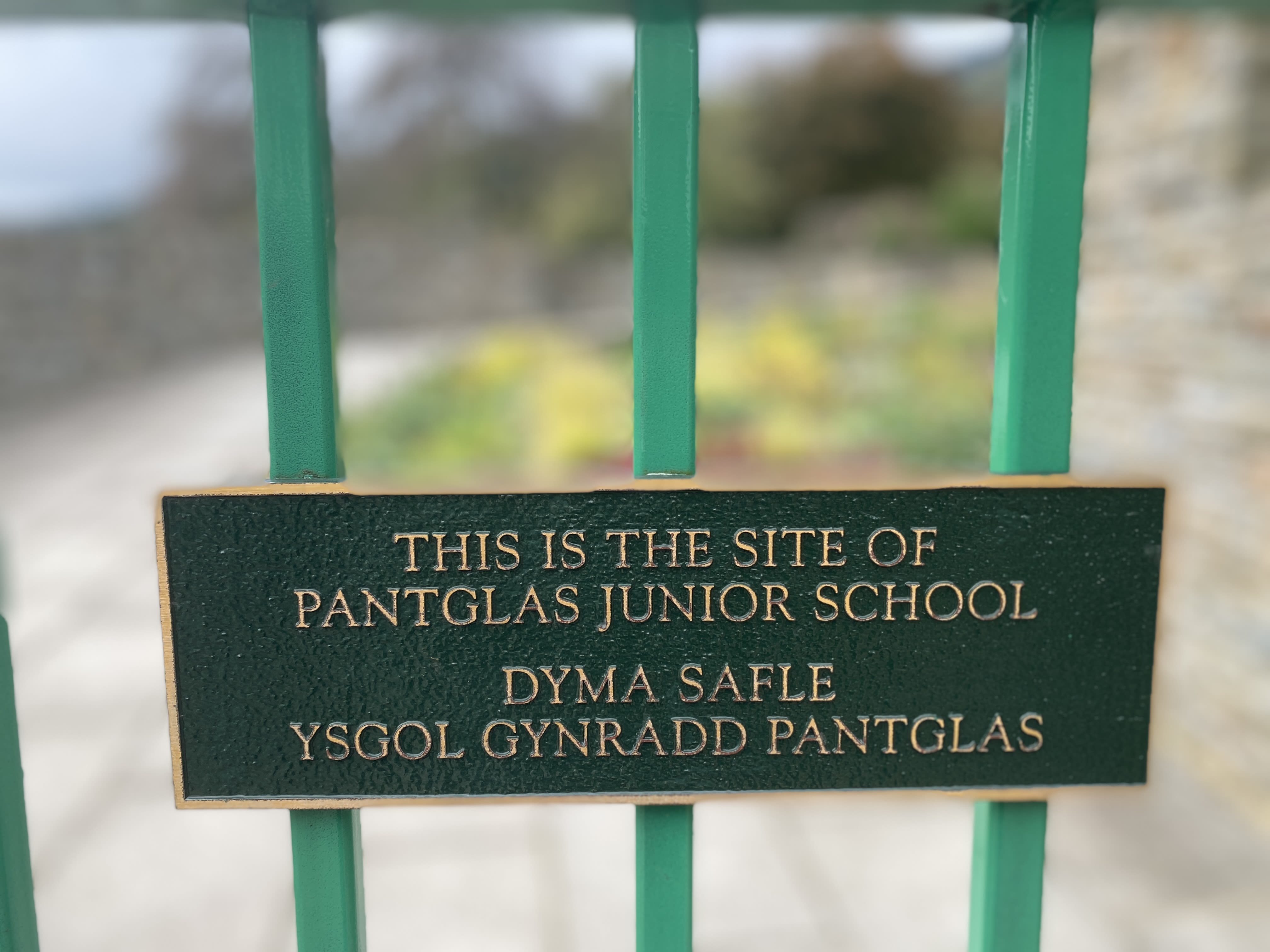
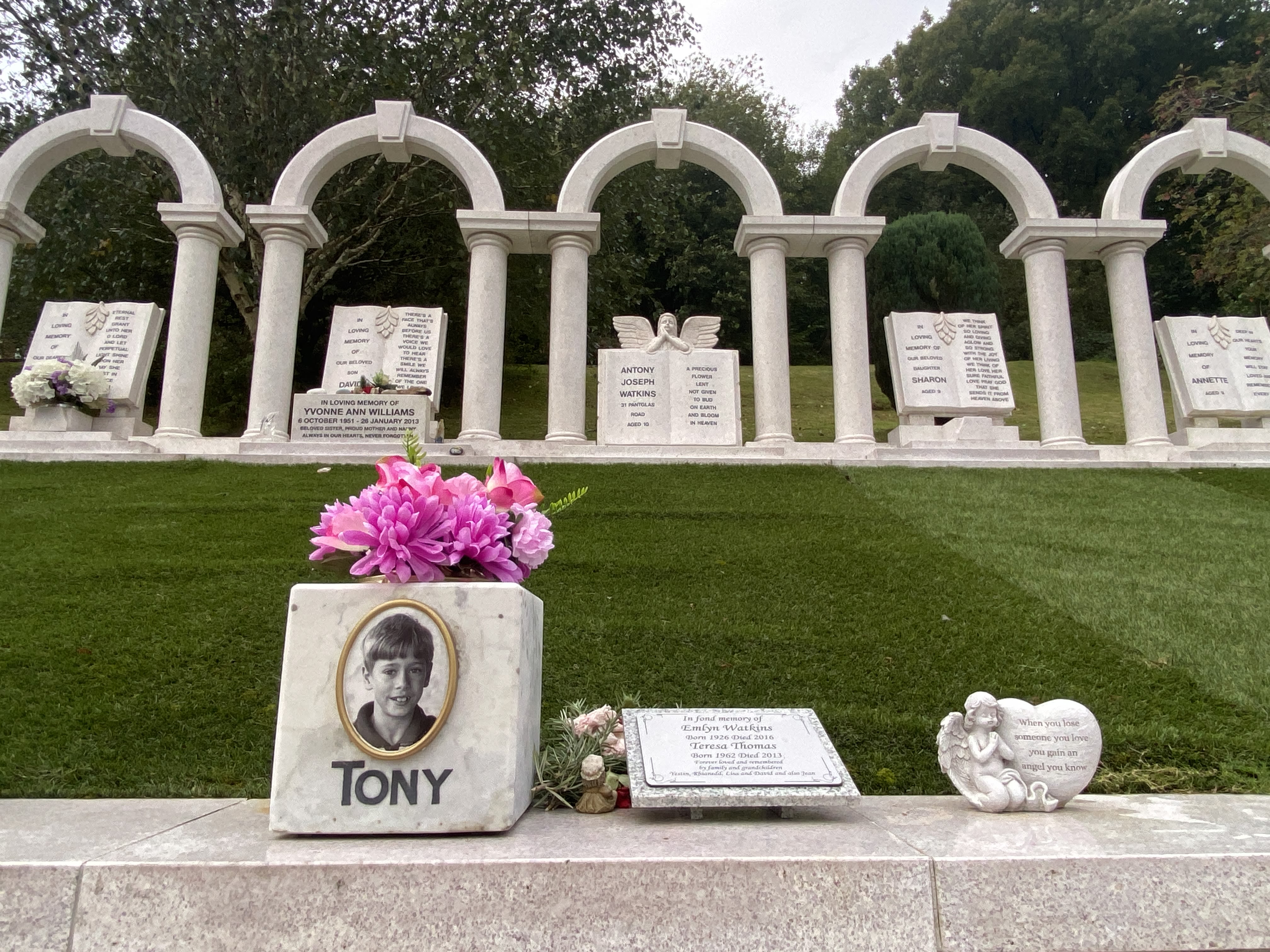
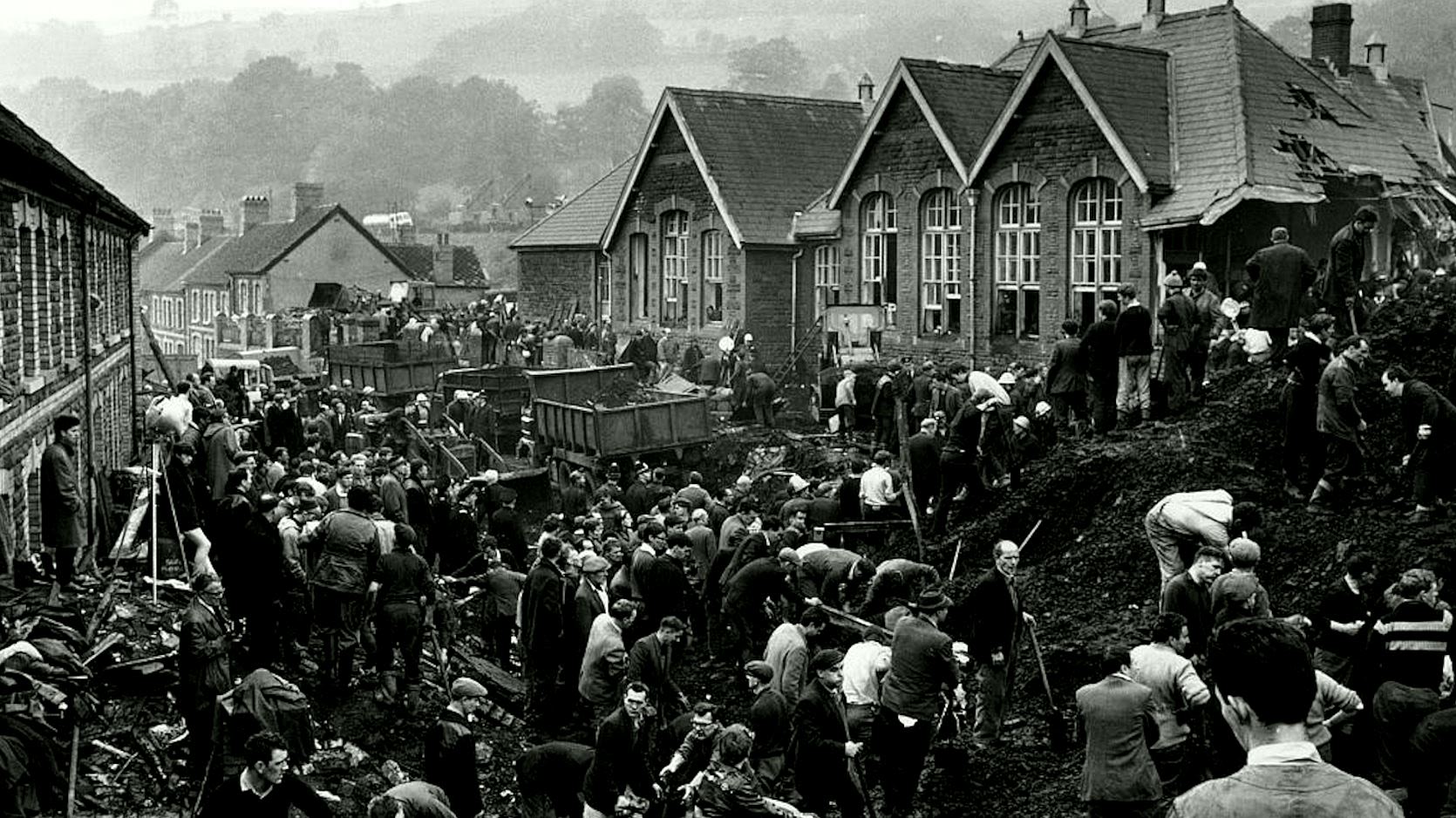

A mountain of coal waste engulfed a school in 1966. /CFP
A mountain of coal waste engulfed a school in 1966, /CFP

The site of the Pantglas school. /Iolo ap Dafydd
The site of the Pantglas school. /Iolo ap Dafydd

Aberfan (Bryntaf) cemetery. /Iolo ap Dafydd
Aberfan (Bryntaf) cemetery. /Iolo ap Dafydd

Locals search for survivors of Wales's worst ever mining disaster. /CFP
Locals search for survivors of Wales's worst ever mining disaster. /CFP
History repeats
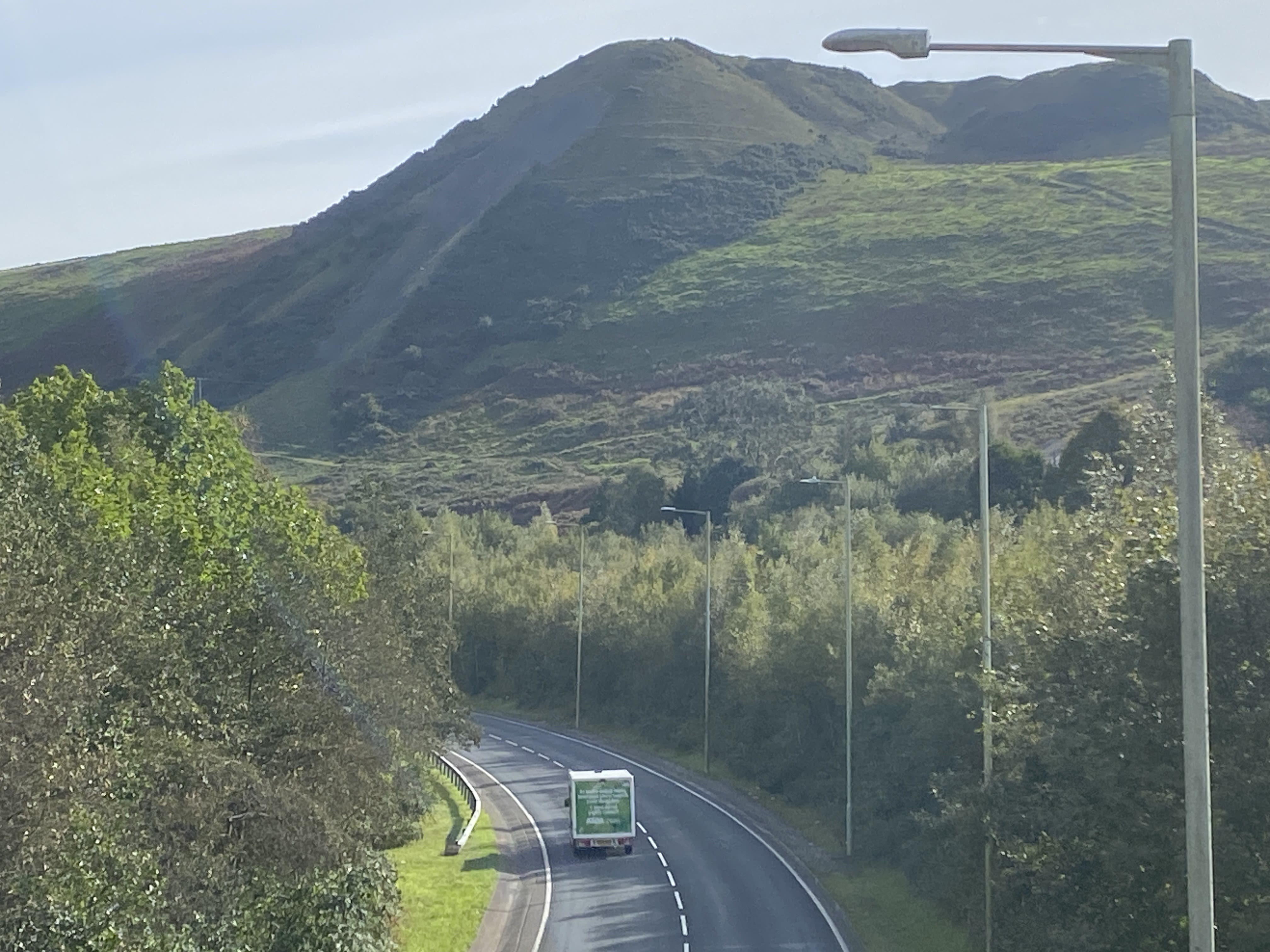
The risk was proven in February 2020. During Storm Dennis, more than 60,000 tonnes of coal waste slid down the hill above Tylorstown in the Rhondda Fach valley.
Ann Davies lives in Brynheulog Terrace, in the same house that her parents and grandparents had lived in all their lives. She filmed the tip rushing down the hill.
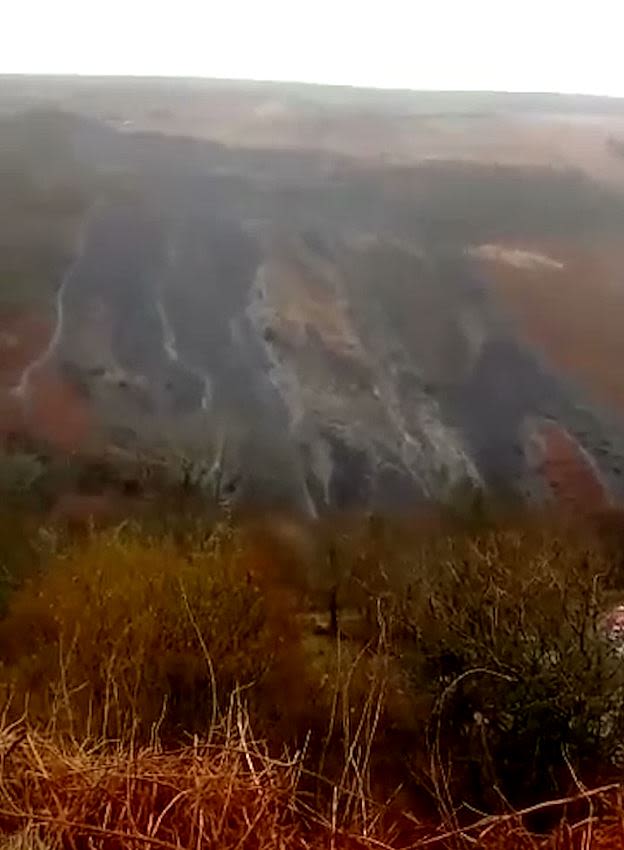
2020 coal waste slip after heavy rain. /Ann Davies
2020 coal waste slip after heavy rain. /Ann Davies
"I remember looking up to the window and I suddenly saw something moving over the other side (of the narrow valley)… there was rain, heavy torrential rain. And my first instinct was, 'God, oh no here we go again' – that everything's going to happen again."
She's a member of the Facebook group Clear South Wales' Coal Tips.
"I don't think none of them are safe. How many are there in all of the valleys? It's not only the Rhondda, it's the Cynon, further down and everywhere else – across the country, more or less… but everybody seems to ignore them."
No one died, and no home was wrecked during the 2020 landslide. But it frightened many residents in South Wales's former mining communities.
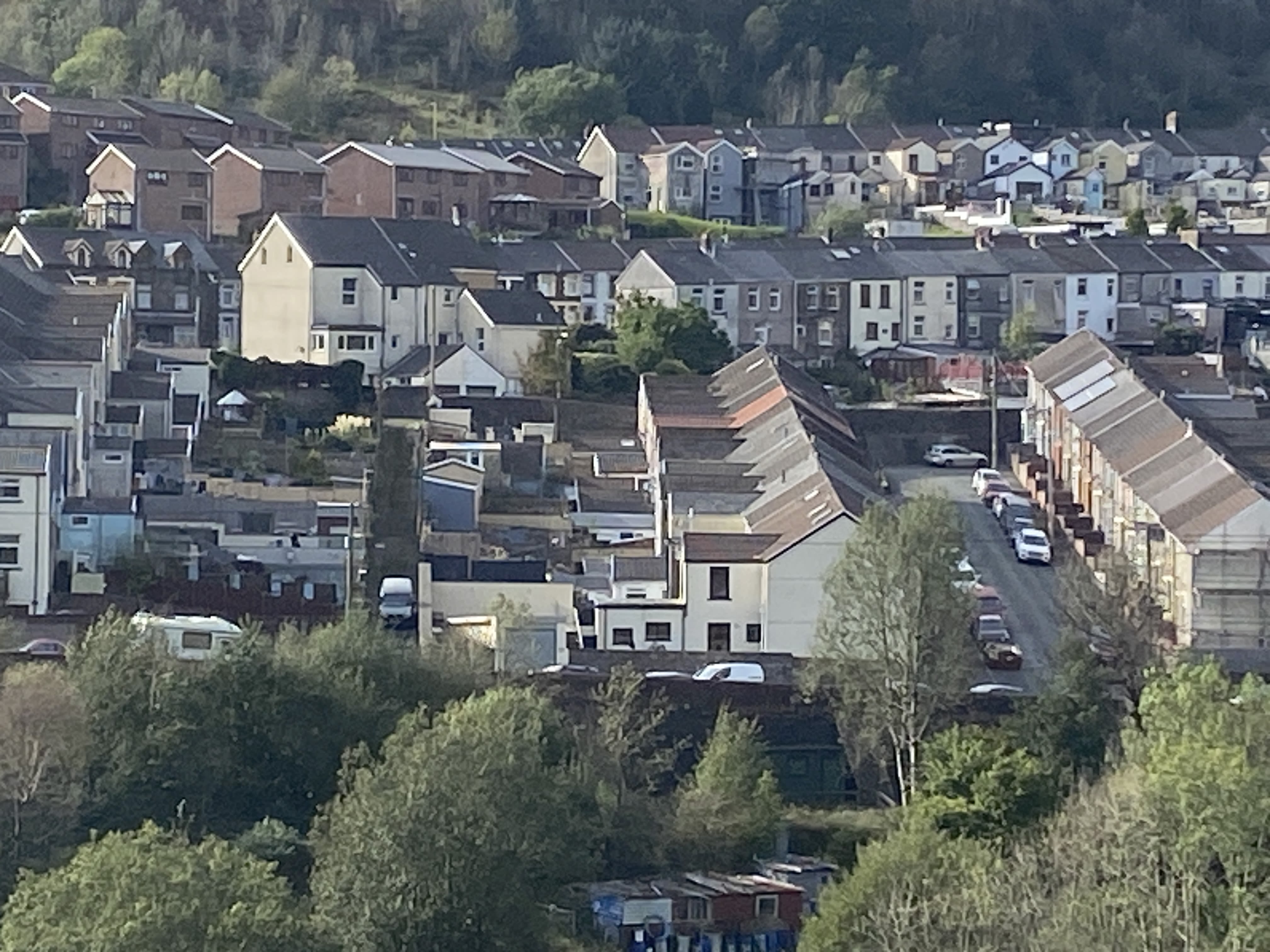
The threat remains
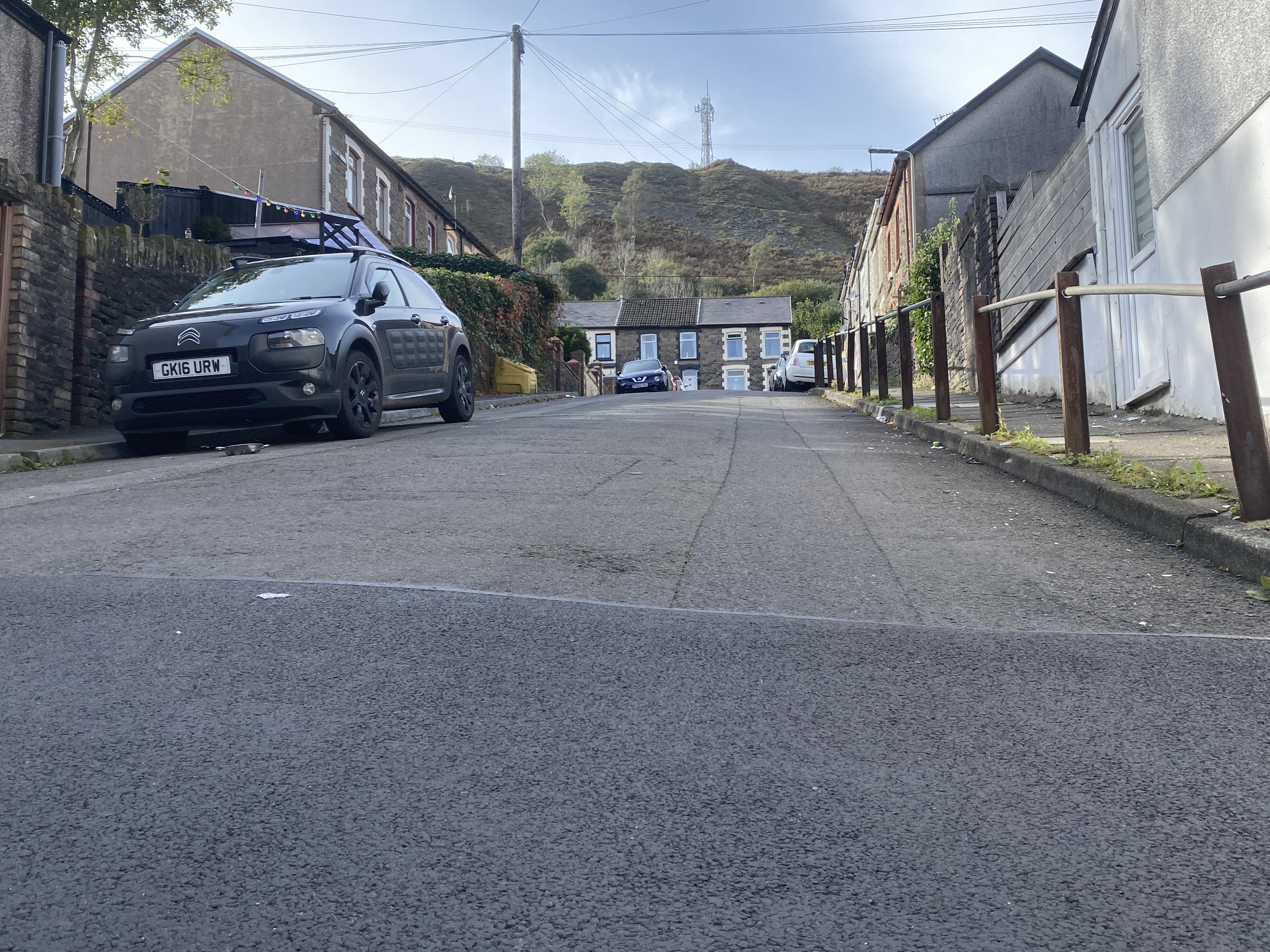
A large disused coal tip towers overlooks Tŷ Mynydd Farm. Conifer trees and grass cover most of it. Chris Mutch farms poultry and pigs on a steep hillside above Tylorstown, and is concerned about his property and livelihood.
He cannot understand why the Welsh Government and Rhondda Cynon Taf's local authority don't reveal where all the disused coal tips are, and which ones are potentially dangerous.
"There's a lot of secrecy, there's a lot of 'Oh we are monitoring,'" he says. "Then you raise the question: What does that monitoring actually mean? And how's that going to help if we do find that the water table is rising, that there's more water in these structures as climate change happens?"
Several Freedom of Information requests by locals have been rejected, despite them arguing that it's in the public interest for the Welsh government to publish which disused coal tips are classified as category C and D, and possibly risky.
Phil Thomas lives in Tylorstown and calls for more transparency by national and local authorities.
"We don't know where the tips are," he says. "It's been three and a half years since Tylorstown slid. We were told shortly after that this information would be available. All we've seen so far is a number of different tips by local authority, but not their locations. Now, there are 327 high-risk types, and it's impossible almost to tell where they are because these are coal tips that are grown over. They look like part of the hillside, and the local knowledge of where these tips are has just gone."
These days there is a Coal Authority – a non-departmental public body, sponsored by the Department for Business, Energy and Industrial Strategy, and answerable to the UK Government. It monitors 40 coal tips in Wales – a fraction of the 1,200 that dot the landscape. CGTN asked for an interview; it was declined.
The ownership of the land where these disused coal tips are is complex. But some are on land owned by local authorities – so why the delay to reassure people?
Like many, Phil Thomas feels frustrated.
"I think the Welsh Government have taken way too long to publish the list of coal tips, but also they're taken too long to come up with a new legislative framework which actually ensures responsibility for the coal tips." he says. "After Aberfan, the NCB reviewed a number of coal tips in the South Wales valleys. They created large reports and implemented tactical changes to those coal tips and in some cases, massive landscaping projects. The ones that had tactical fixes were often sold to private owners. And now today, 60 percent of these high-risk Category C and D coal tips are in private ownership."
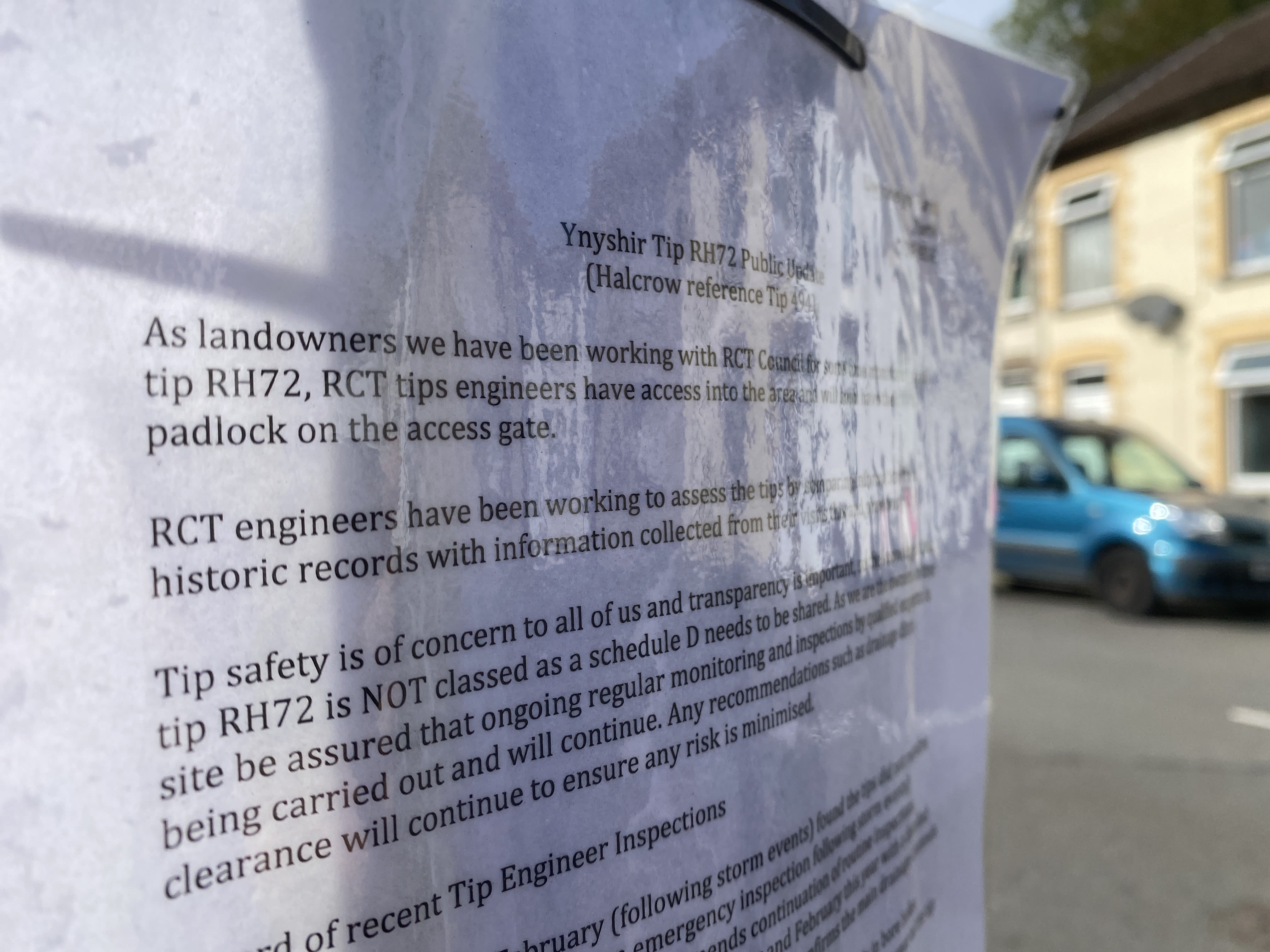
Public notice on disused coal tip work. /Iolo ap Dafydd
Public notice on disused coal tip work. /Iolo ap Dafydd
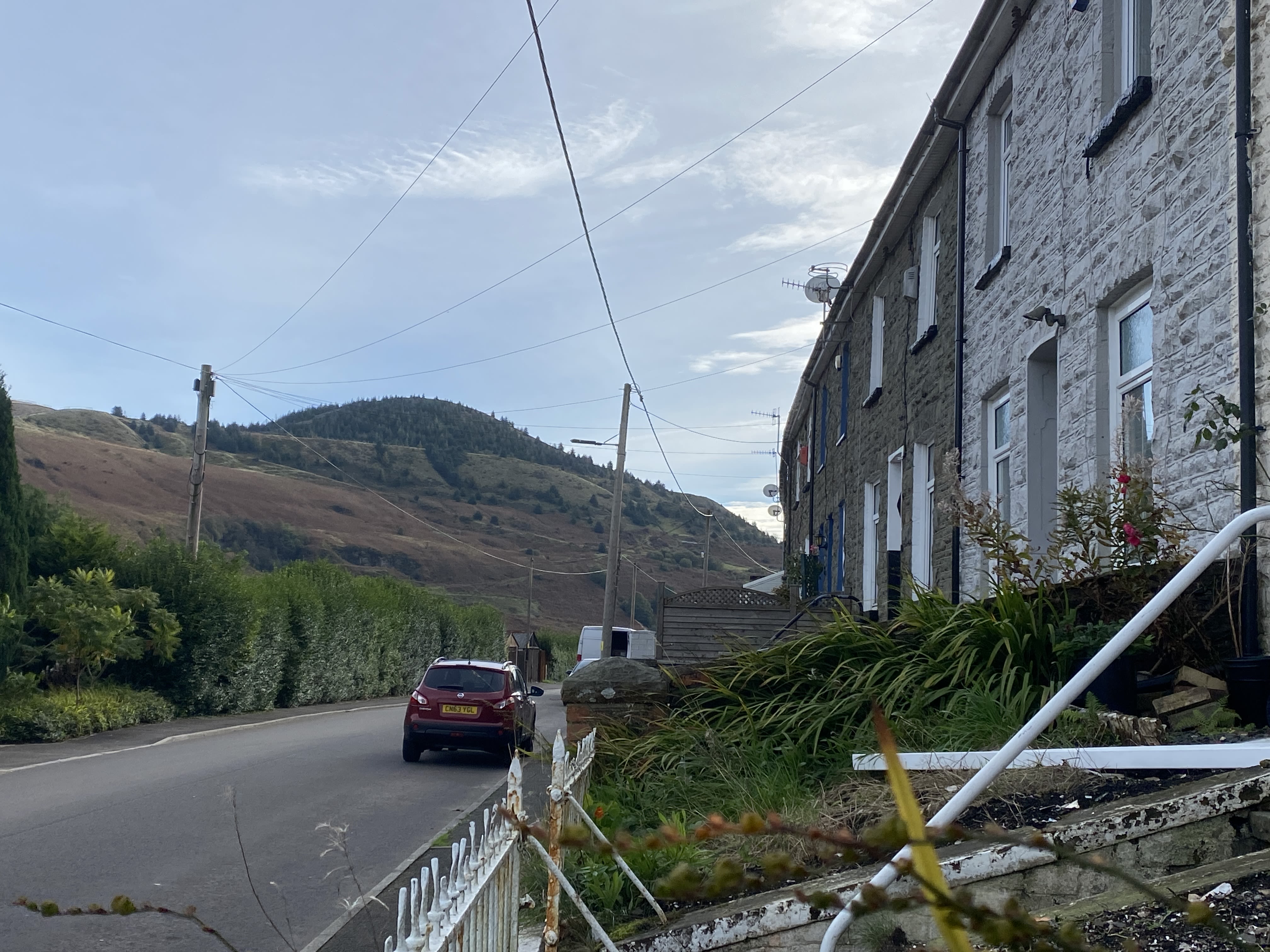
Tylorstown Brynheulog Terrace towards Old Smokey tip. /Iolo ap Dafydd
Tylorstown Brynheulog Terrace towards Old Smokey tip. /Iolo ap Dafydd
The Welsh Government has asked the UK government for around $600,000-$725,000 US dollars (£500,000-600,000) to remove unstable coal tips in the next 10 to 15 years. So far, that funding hasn't been made available.
The government in Cardiff has also consulted on coal tip safety in Wales, but has not released the crucial details outlined above.
That's despite local concerns, and despite geologists saying Wales is prone to more landslides and that climate change may make that worse.
There are many questions to answer. But both the Welsh First Minister and the Finance and Local Government Minister declined to be interviewed.
On its website, the Welsh Government says a lot of work has been done since the Tylosrtown tip slide to define the status of each mining waste site. Almost $55 million (£44.4 million) is "available for coal tip maintenance over financial years 2022-23, 2023-24 and 2024-25."
Phil Thomas, like many, wants the risks to be minimized. He believes that people's homes, and the critical infrastructure of the Valleys like roads, footpaths and leisure centers, should be safeguarded.
"We're in a position today where every coal tip in South Wales is disused. There's no law currently in place to ensure the responsibility of the person that owns the land to keep that tip in a safe and something manner, safe and sound manner, to keep that tip in a safe and sound manner."
Until that happens, the Valleys and their people await another catastrophe.
